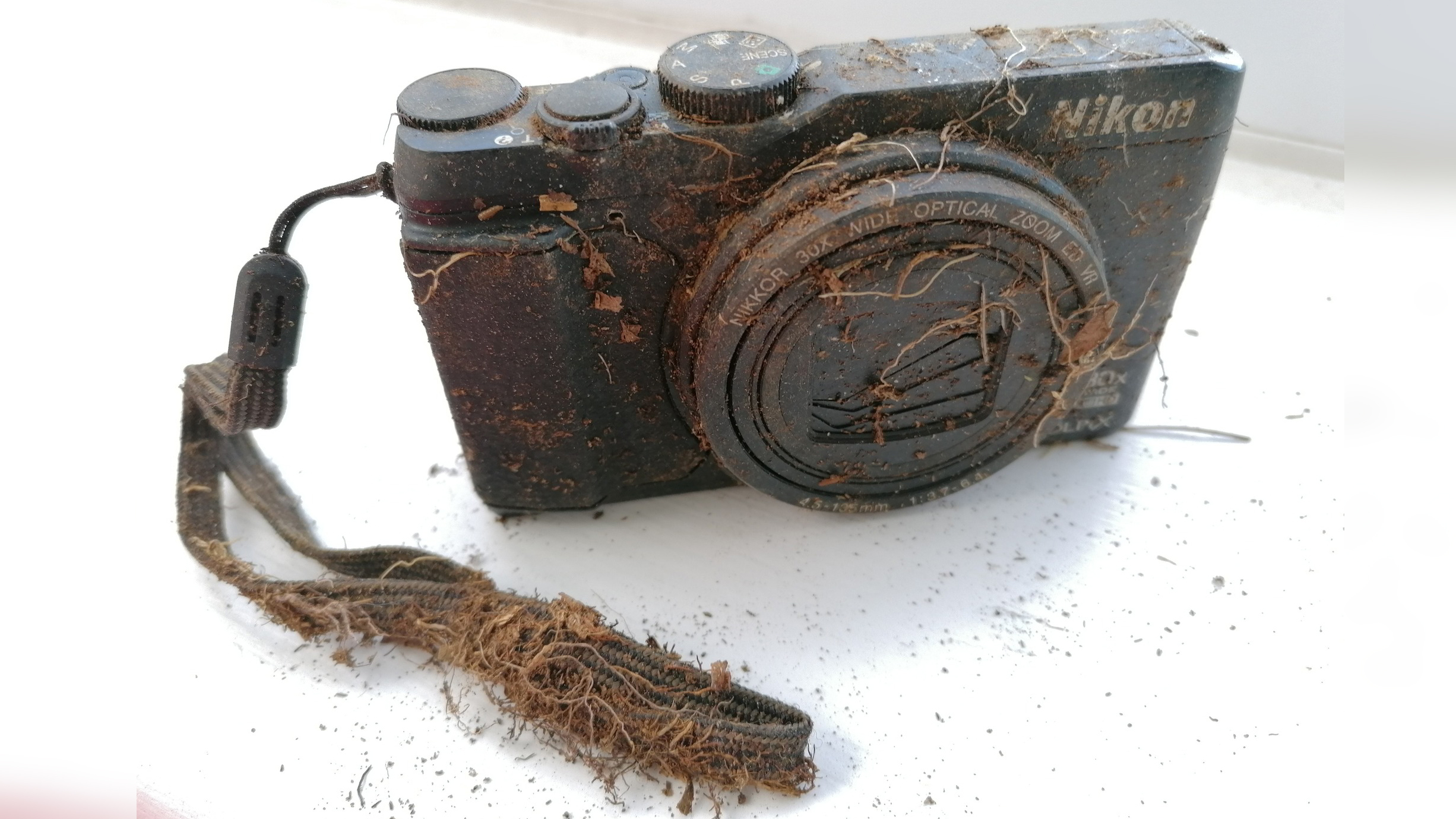The best video tripods: supports with fluid heads for shooting movies smoothly
From small to large and to suit everyone from students to vloggers and pro filmmakers, here are the best video tripods on the market
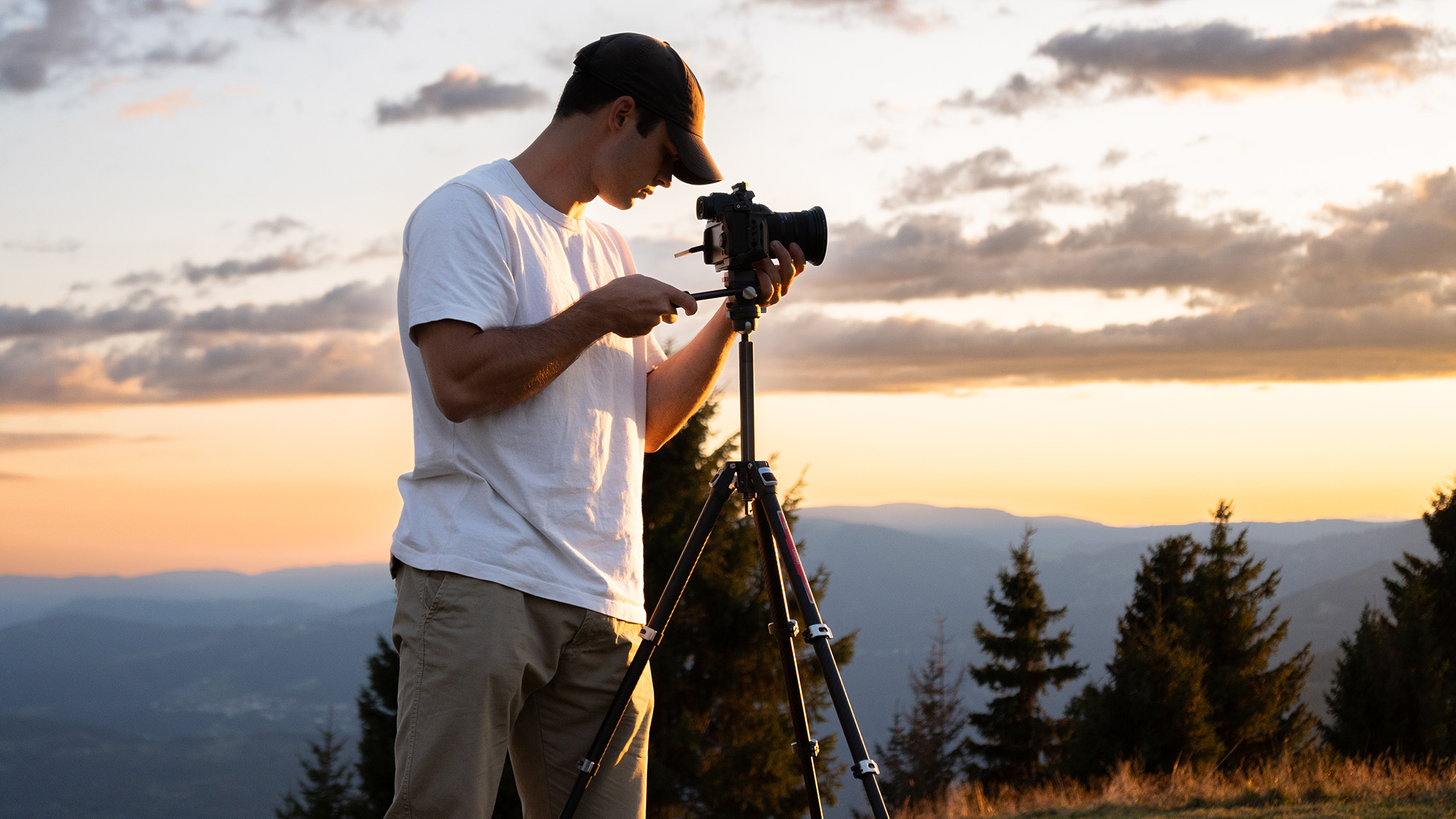
Video is a whole different ball game. When I’m shooting stills, I’m generally trying to capture a scene in one shot, or aiming to nail a definitive moment in time. I want a tripod that’s rock steady and won’t budge. Video is all about moving pictures, and movement is often the key ingredient. I’ll want to pan and tilt at will, to track the action. That means I’ll need a fluid head that lets me move the camera smoothly, giving my footage a dynamic, cinematic quality. Whether you're a vlogger or a filmmaker, a good video tripod is one of the wisest, most effective investments you can make.
Not just different by design in the way they work, video tripods also tend to have longer top plates than photographic ones, giving more versatility in positioning and balancing the camera. Another common feature is a counterbalance system that makes it easier to keep things on the level, and additional threaded sockets for attaching accessories like a mic, light, or monitor. Some also have leg-spreaders for extra stability and spirit levels for perfectly straight horizons. Check out our rundown of 7 ways video tripods are different from regular ones for a more thorough look at the key differences.
I've split this guide into sections for different types of users, from vloggers who want a lightweight solution to bigger, more stable options for filmmakers with heavy payloads. I’ll also be catering to different budgets so, wherever you are in your filmmaking journey, here are the best video tripods you can buy right now.
The Quick List
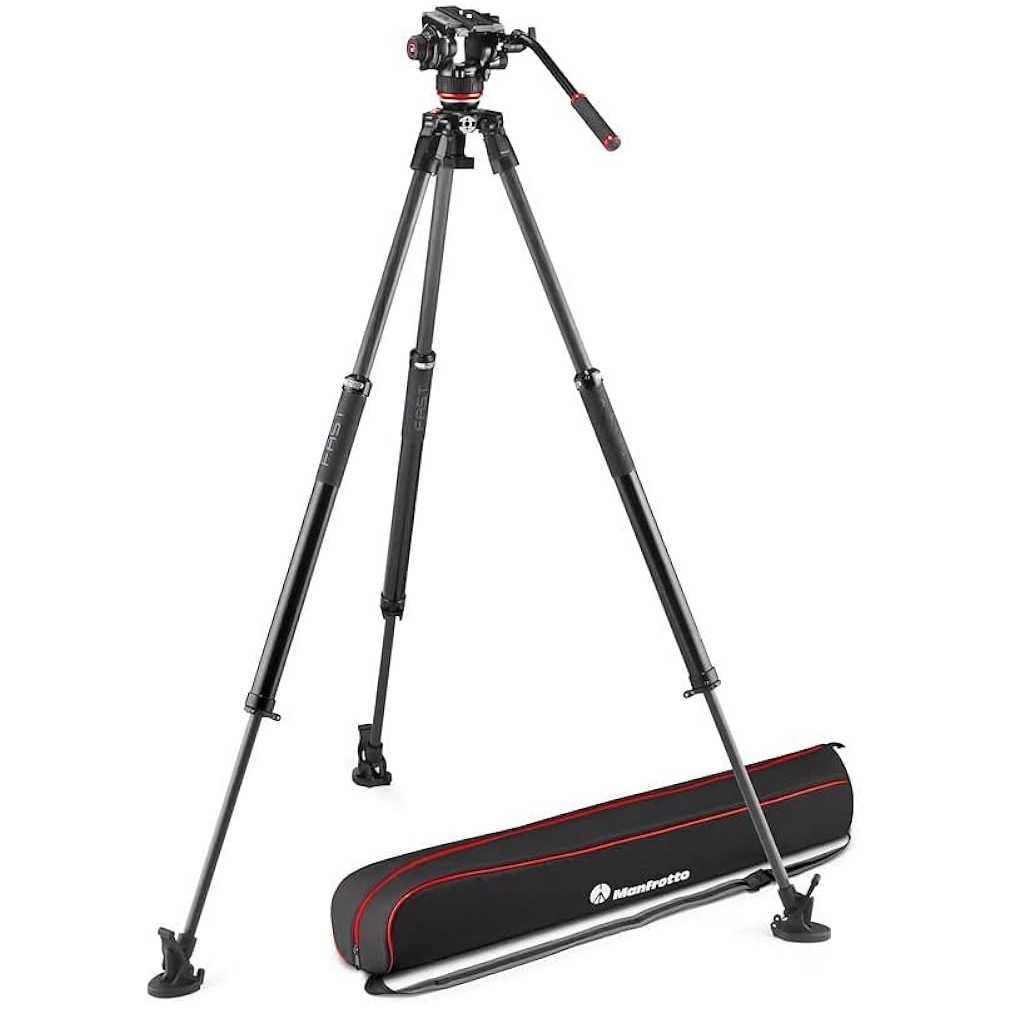
This Manfrotto video tripod works a treat. It's quick and easy to use, beautifully engineered and should last a lifetime. It's not the most expensive option but does the job brilliantly.
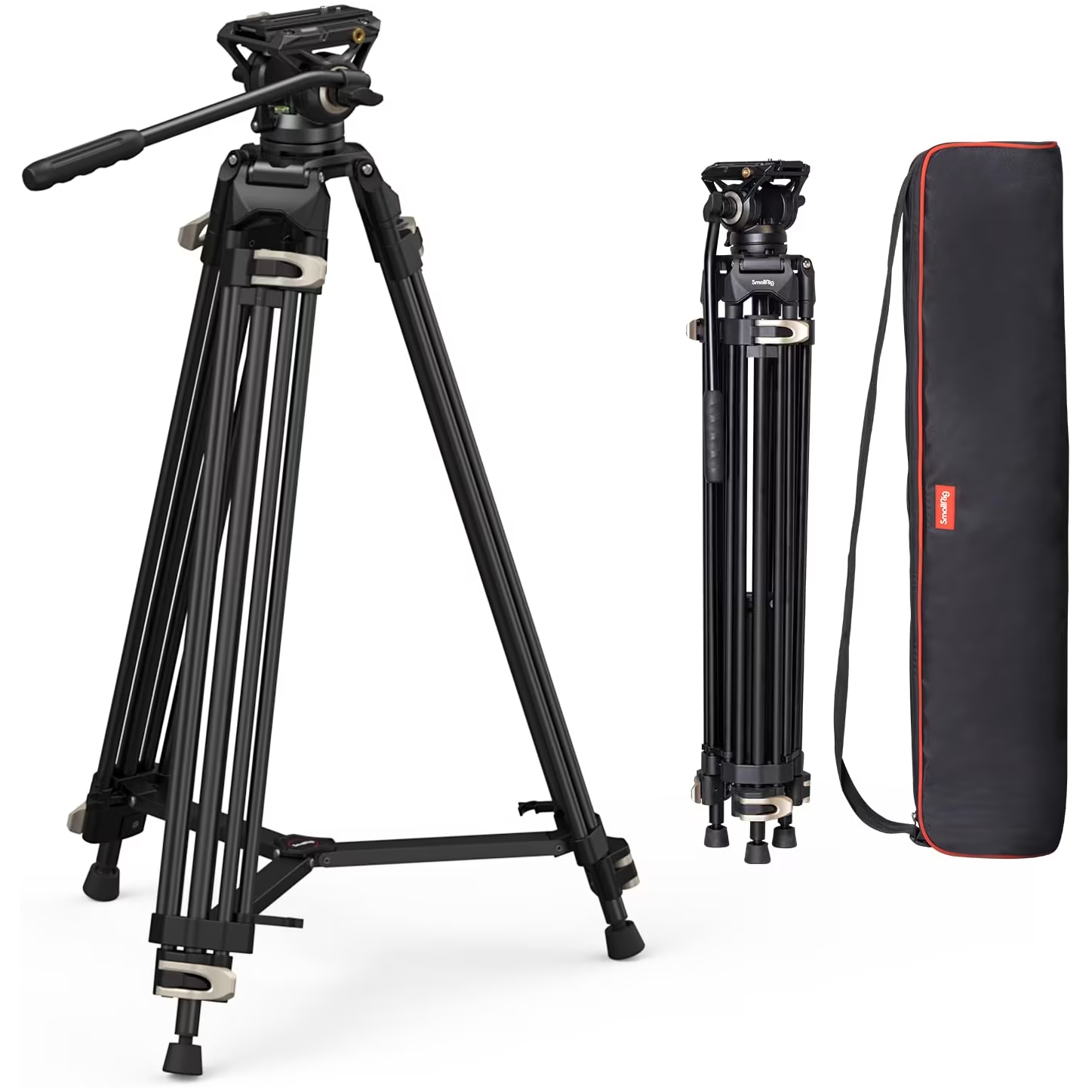
SmallRig has been making a name for itself in producing quality items with small price tags. This video tripod packs plenty of features and is a smart buy for filmmakers on a budget.
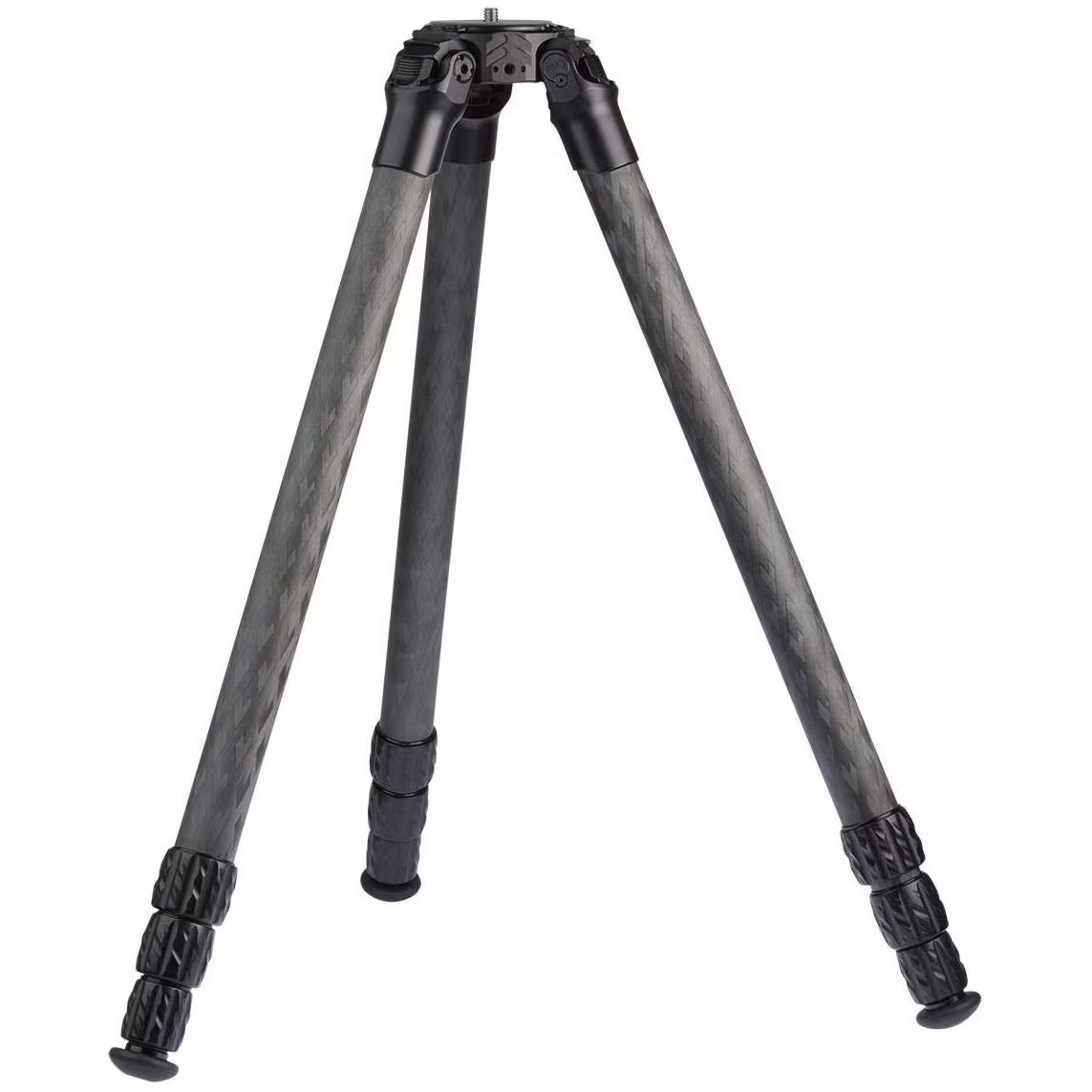
If you're looking for a lightweight setup to attach your fluid head to then carbon fiber is the way to go and ProMediaGear offers a luxurious and superb solution with the TR344L.
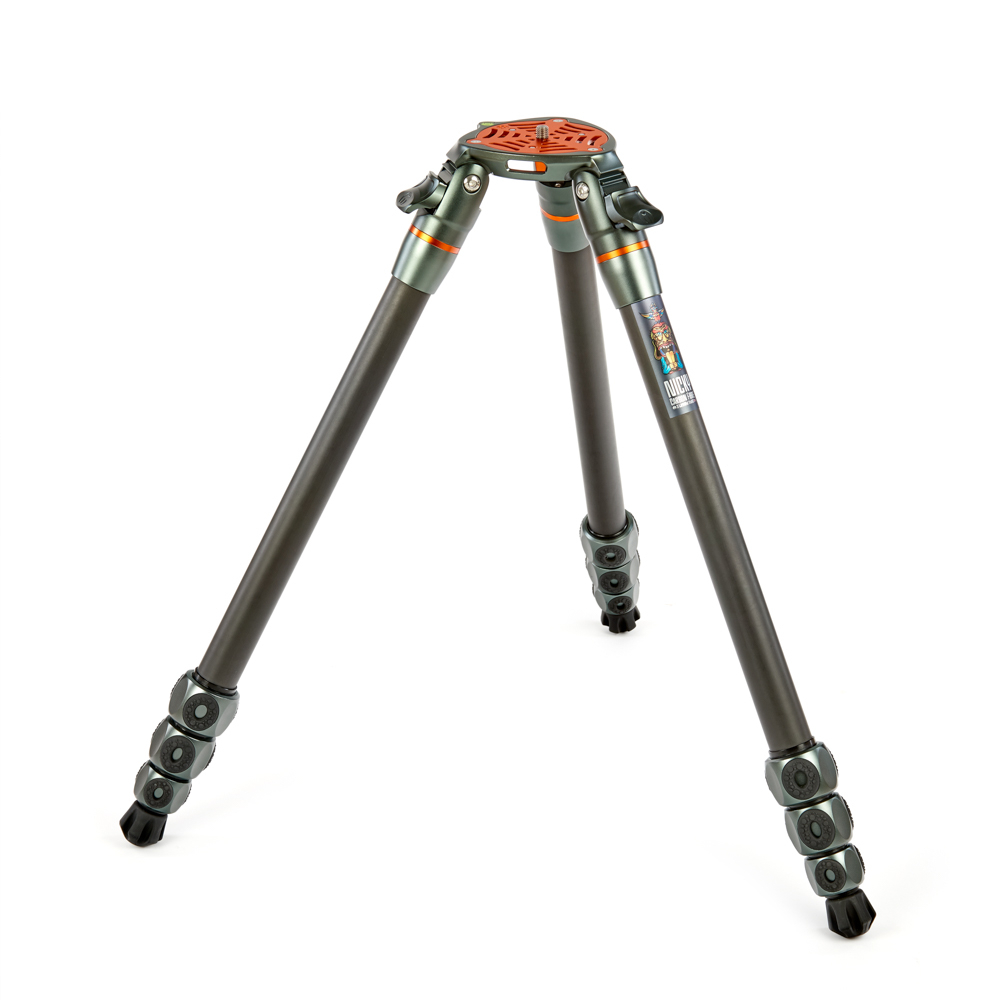
If you want a great tripod base that's built to last and holds a massive 59kg payload, this is the best option for all kinds of cinema rigs (but you'll need to buy the head separately).
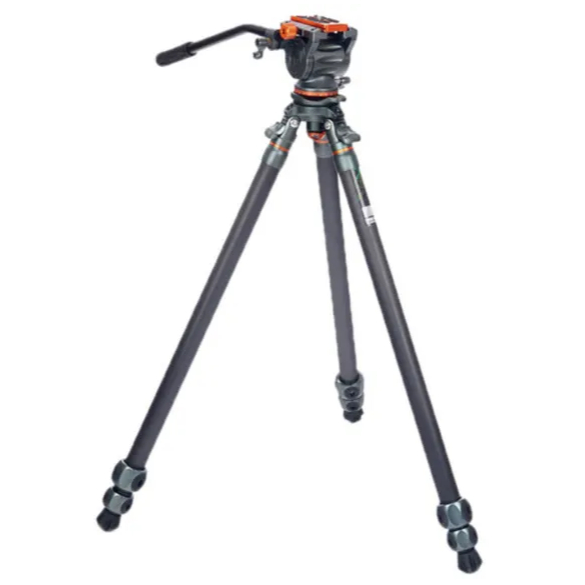
Really flexible but in a good way, 'Mike' works as a tripod, video head, monopod, or boom arm. This versatile all-in-one solution is a superb kit that's impeccably finished.
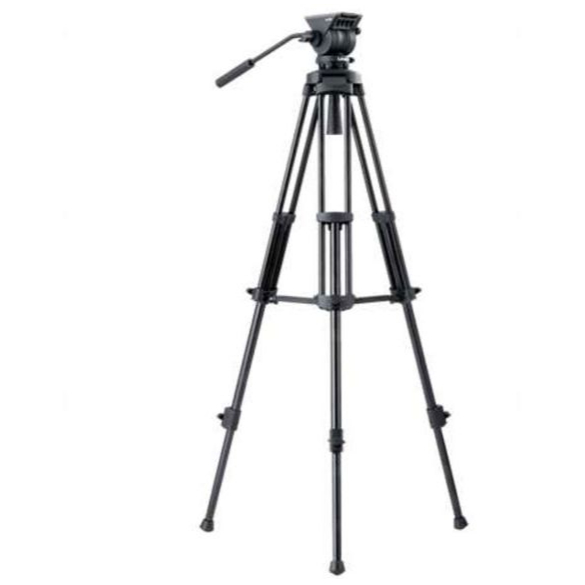
Students need to be careful with cash – and they aren't the only ones. If you need to stick to a budget but still want a good-quality video tripod, this Libec offers all the essentials at a great price.
View more ⤵
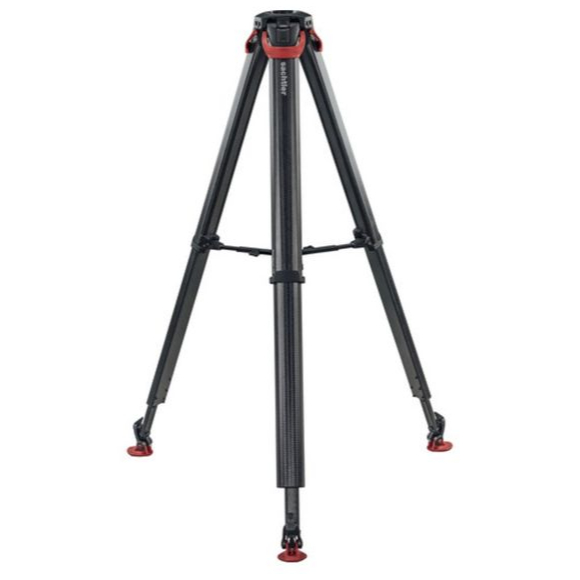
Whether you're just starting your professional career or are a pro filmmaker looking for a better option, this Sachtler is the way to go. This carbon fiber tripod offers a massive 153cm height adjustment and can take rigs up to 20kg in weight.
The best video tripod
Why you can trust Digital Camera World
Best overall
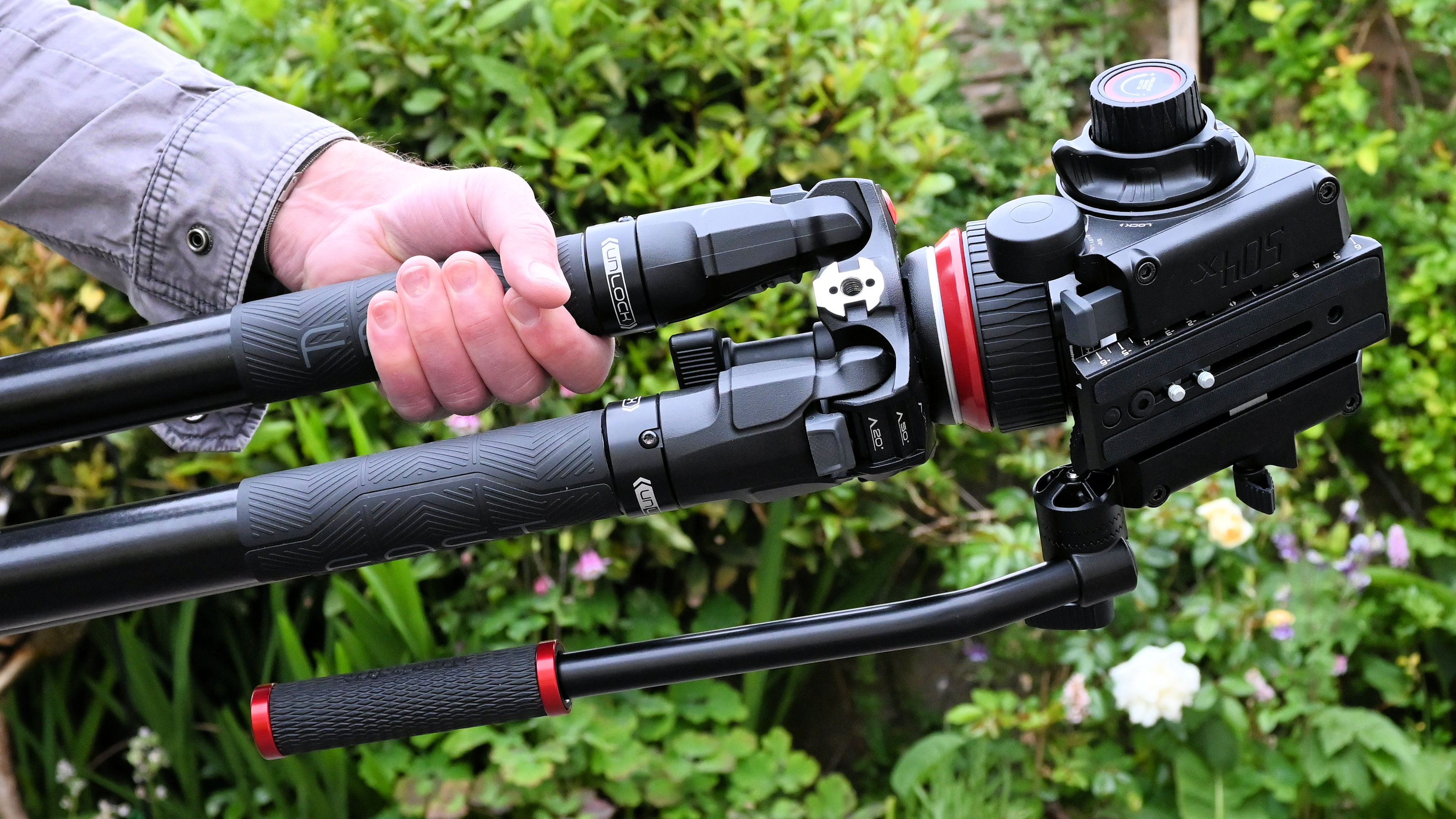
Specifications
Reasons to buy
Reasons to avoid
Built to an exceptional standard, this tripod kit is made with professional-grade video in mind. It’s robust enough to take a specialist cine camera or a pro-level full-frame camera, and gives rock-solid support. In my testing, I was delighted with the ease of setup, with single-twist legs making adjustments a breeze.
The head supplied in this kit is a work of art, with beautifully smooth pan and tilt, and adjustable drag to choose the degree of friction you want. This isn’t a cheap kit, but the fluid filming experience it delivers easily justifies the cost.
Read our full Manfrotto 504X 635 Fast Single Leg Carbon review
Best budget option
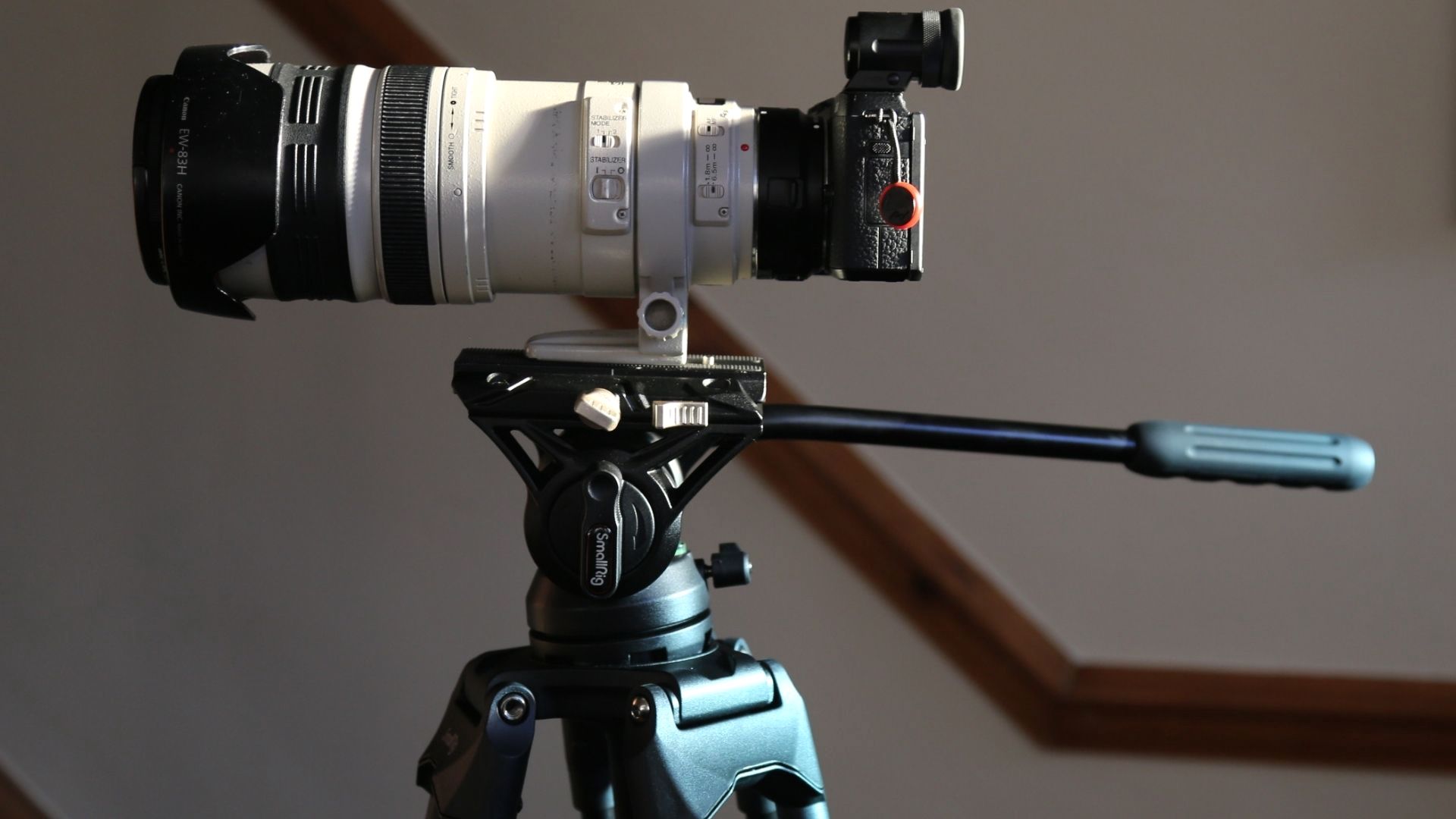
Specifications
Reasons to buy
Reasons to avoid
The SmallRig AD-01 3751 does a convincing impression of a high-end product while being highly affordable. Eschewing any expensive materials, it’s entirely constructed using aluminum alloy and plastic, which makes it best considered for use with mirrorless cameras.
With lots of advanced features for a low price, I think that the SmallRig AD-01 3751 deserves consideration by anyone on a tight budget who’s just starting out in videography and filmmaking and needs a capable entry-level tripod for a mirrorless camera.
Read our full SmallRig Heavy-Duty Fluid Head Tripod review
Best for lightweight
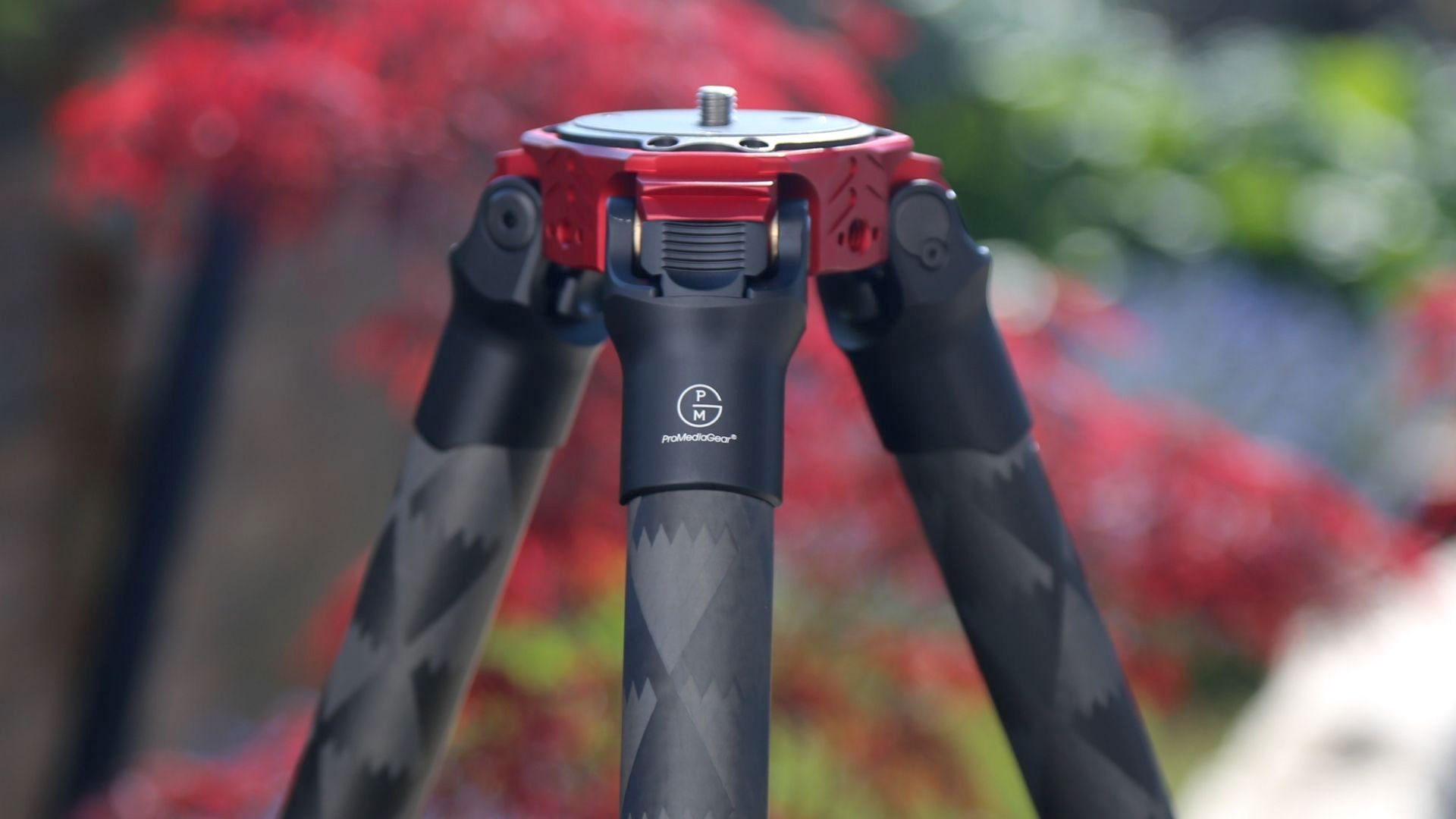
Specifications
Reasons to buy
Reasons to avoid
It's easily possible to spend a lot of money on a video tripod. The ProMediaGear TR344L certainly won't be for everyone, with a four-figure price tag that rules out casual users and those on a strict budget, however, it really is an excellent video tripod.
With a strong but lightweight carbon fiber build, it's great for run-and-gun filmmaking, with an option to swap out its flat plate for the ProMediaGear 75mm Bowl Head Adapter. It can be manipulated into all manner of unusual configurations for those difficult shots, and its rubber feet conceal little spikes for a bit of extra grip.
Read our full ProMediaGear TR344L Pro-Stix review
Best base
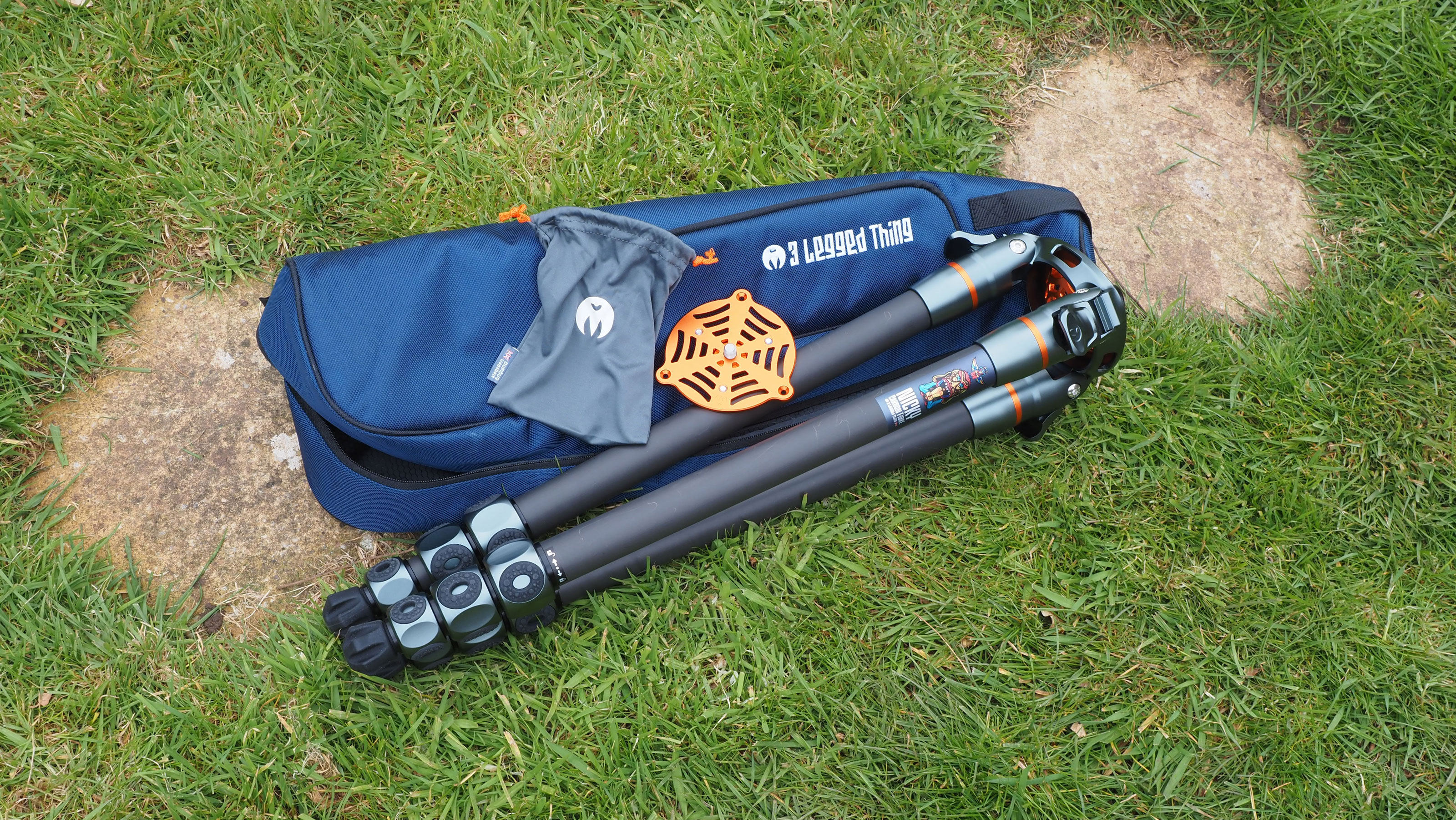
Specifications
Reasons to buy
Reasons to avoid
Make no mistake, the 3 Legged Think Nicky is a professional-level tripod for a discerning audience. Made for photographers and videographers working with heavier kits, it’s strong, straightforward to use, tall, and adaptable.
It’s a base, not a kit, however, so unless you have these things already (many videographers will), you’ll also need to budget for a head and perhaps a leveling bowl too. In my tests, I used the Nicky with 3 Legged Thing AirHed Cine head and 75mm Half Bowl. They play really well together!
Read our full 3 Legged Thing Nicky review
Best all-in-one
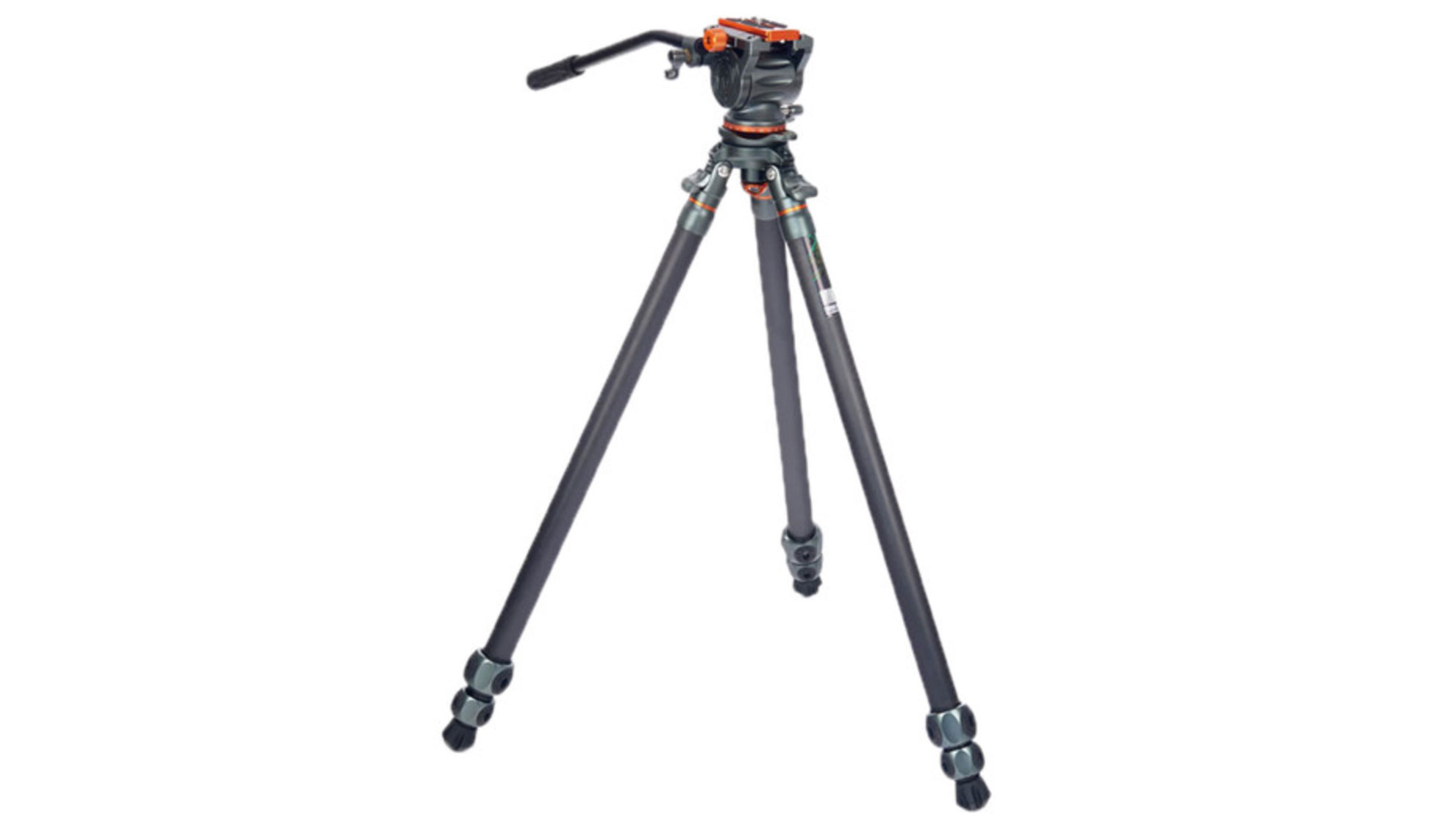
5. 3 Legged Thing Mike and AirHed Cine
Specifications
Reasons to buy
Reasons to avoid
Once you've gotten over the unusually long name of this British-designed tripod – it's full title is '3 Legged Thing Mike Carbon Fibre with Quick Leveling Base and AirHed Cine Arca Head' – you're faced with a rather good bit of kit. The three-section legs are made from carbon fiber, which massively helps to keep weight down, and can be splayed out so the head is positioned very close to the ground, perfect for wildlife filmmaking. Alternatively, it can also transform into a monopod or boom arm.
3 Legged Thing even sells optional accessories that will convert the head to a hi-hat style tripod, just 13.5cm from the floor. It also features an Arca Swiss-style base plate and there are a variety of feet to choose from, depending on the surface you're using it on.
See our 3 Legged Thing AirHed Cine video head review
Best for students
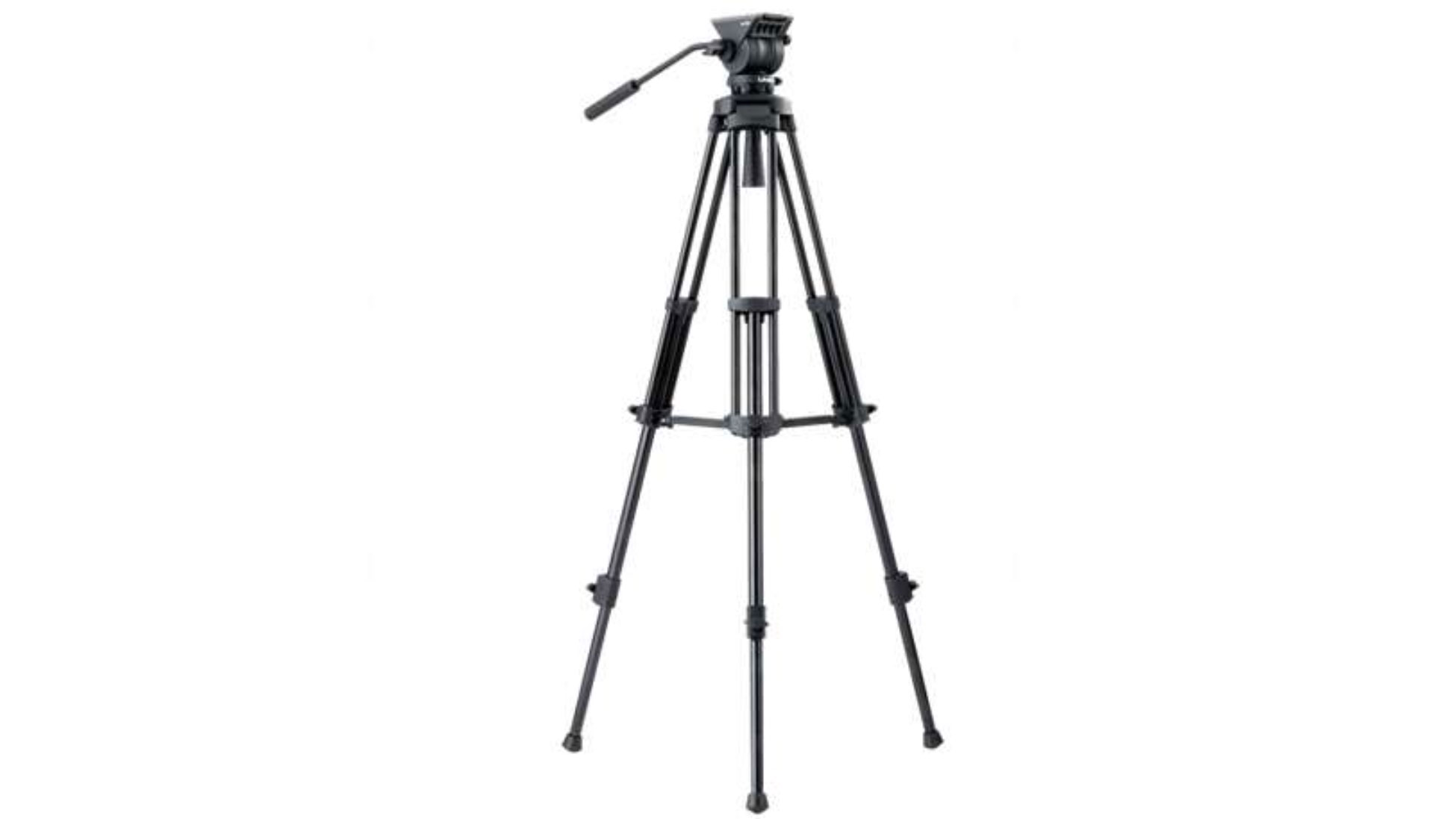
6. Libec TH-X
Specifications
Reasons to buy
Reasons to avoid
The Libec TH-X tripod kit is a traditional-style video tripod, made by a Japanese company that has lots of experience in making tripods for filmmakers. It has a twin tube leg set-up, which is fast to use and stable, as well as a mid-level spreader to get it set up quickly. It’s not too heavy and takes Manfrotto-fit tripod plates, which are very popular.
Its main limiting factor is that it has a relatively basic fluid head that has a maximum payload of just 4kg. The pan and tilt movements are good, but the drag is not adjustable and there’s no counterbalance adjustment. The tripod has a 65mm bowl fitment, so replacing the supplied head with a better one when funds allow may be an option.
Best for professionals
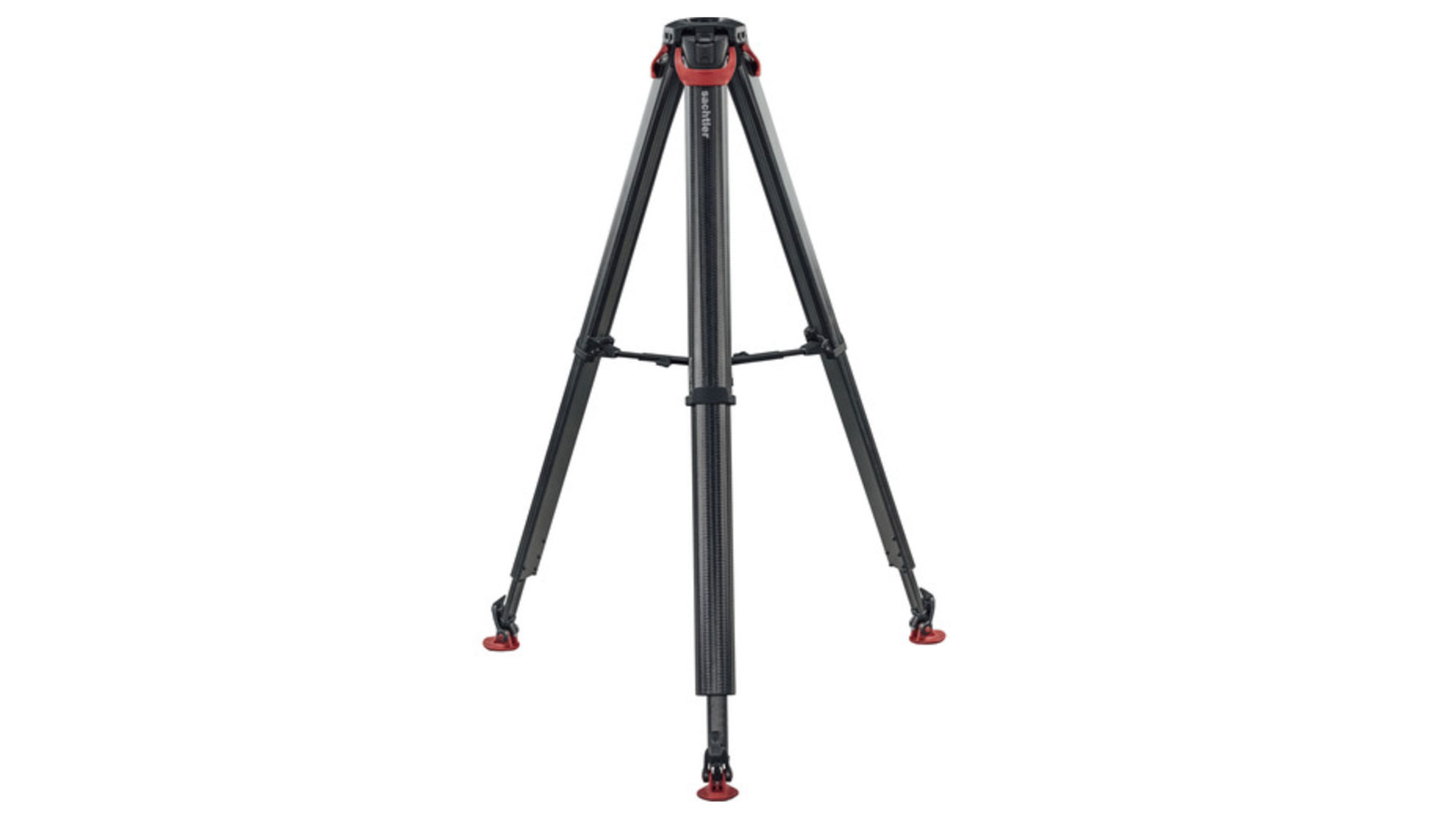
7. Sachtler 4585 Flowtech 75 MS
Specifications
Reasons to buy
Reasons to avoid
The Sachtler Flowtech 75 MS Carbon Fibre Tripod comes equipped with a mid-level spreader that is very different from the regular single or double carbon fiber tube designs as it has very wide, almost flat legs. Each leg features a single clamping lever that locks and unlocks the sections, so you can set the whole lot up with just three locks, which all sit together at the top of the tripod, making slight adjustments on the fly a breeze.
Each leg extends independently and, when detached from the spreader, each leg can pivot without affecting the other legs. It’s designed to be comfortable to shoulder-carry, too. It comes supplied as legs only, so you'll need to budget for a suitable head, such as the Sachtler Ace XL or FSB 8 T.
How to choose a video tripod
So why would you need a specialized video tripod, and won’t your regular photography tripod do the job? A standard tripod’s main function is to be a rock-solid support to keep the mounted camera perfectly still for the length of an exposure. This will usually mean that it is untouched by the photographer once the shutter is fired (and even then, this is ideally done with a remote to minimize the chance of jogging the camera). A video tripod, by contrast, needs to support a camera that will be constantly operated by a videographer, and able to be manipulated to follow subjects, panned and zoomed, to smoothly record a moving image. Here are the main things to look out for:
Fluid head
This specialist head uses a fluid-filled chamber that provides resistance to allow for smooth panning and tilting to give the steady, controlled movements that are essential for professional-looking footage. Adjustable drag controls determine the amount of resistance, and the head movement is usually controlled by a locking arm that can used single-handedly.
Load capacity
The mirrorless camera at the heart of your video setup may not weigh that much, but add on long pro lenses, follow-focus rigs, monitors, and all the other paraphernalia that recording video entails and the pounds soon pile up. Not only does the tripod have to support all that, but it needs to do so while panning and tilting the whole setup smoothly.
Operating height
You may need to shoot above crowds or get low to the ground for macro work, so minimum and maximum heights are important. An extending center column may give you an extra height boost, but be aware that the higher this extends, the wobblier things get. To get extremely low to the ground, you might want a separate ‘hi-hat’ mini tripod, or a set of video legs that transforms to this.
Leveling bowl
With a regular tripod, the camera is leveled by adjusting the tripod legs, but with video work, a leveling bowl atop the tripod enables quick and easy adjustments as you shoot. It consists of a bowl-and-ball mechanism, that allows for far more precise leveling than adjusting the legs individually, and typically come in 75mm, 100mm and 150mm sizes – the bigger sizes support greater loads but also are heavier and come at a higher cost.
Spreaders
Spreaders provide a further connection between the tripod legs and offer additional stability with heavier rigs. They come in ground and mid-level versions: ground spreaders are exclusively used in studio environments with a flat floor, while mid-level spreaders are suited to uneven terrain and are ideal for location shooting.
How we test video tripods
We test and review at Digital Camera World by subjecting photo and video equipment to a range of in-house lab tests and in-the-field shooting exercises, designed to give us a thorough sense of how a piece of gear performs. For video tripods, we check stability, ease of setup, smoothness of operation, portability and height range, and use our findings to inform our comments in buying guides like this one.
Get the Digital Camera World Newsletter
The best camera deals, reviews, product advice, and unmissable photography news, direct to your inbox!
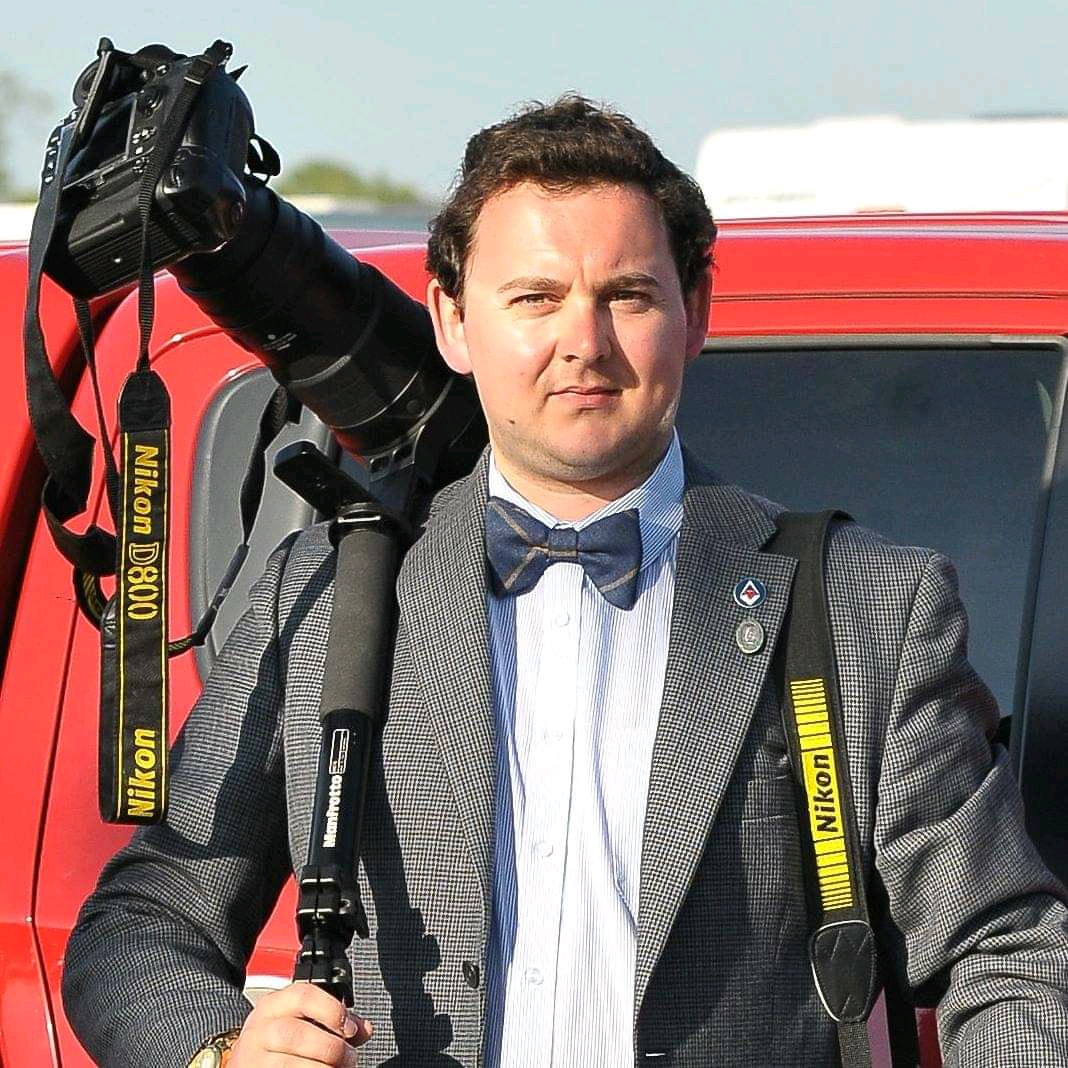
For nearly two decades Sebastian's work has been published internationally. Originally specializing in Equestrianism, his visuals have been used by the leading names in the equestrian industry such as The Fédération Equestre Internationale (FEI), The Jockey Club, Horse & Hound, and many more for various advertising campaigns, books, and pre/post-event highlights.
He is a Fellow of the Royal Society of Arts, holds a Foundation Degree in Equitation Science, and holds a Master of Arts in Publishing. He is a member of Nikon NPS and has been a Nikon user since his film days using a Nikon F5. He saw the digital transition with Nikon's D series cameras and is still, to this day, the youngest member to be elected into BEWA, the British Equestrian Writers' Association.
He is familiar with and shows great interest in 35mm, medium, and large-format photography, using products by Leica, Phase One, Hasselblad, Alpa, and Sinar. Sebastian has also used many cinema cameras from Sony, RED, ARRI, and everything in between. He now spends his spare time using his trusted Leica M-E or Leica M2, shooting Street/Documentary photography as he sees it, usually in Black and White.
- Adam WaringGuides Editor
